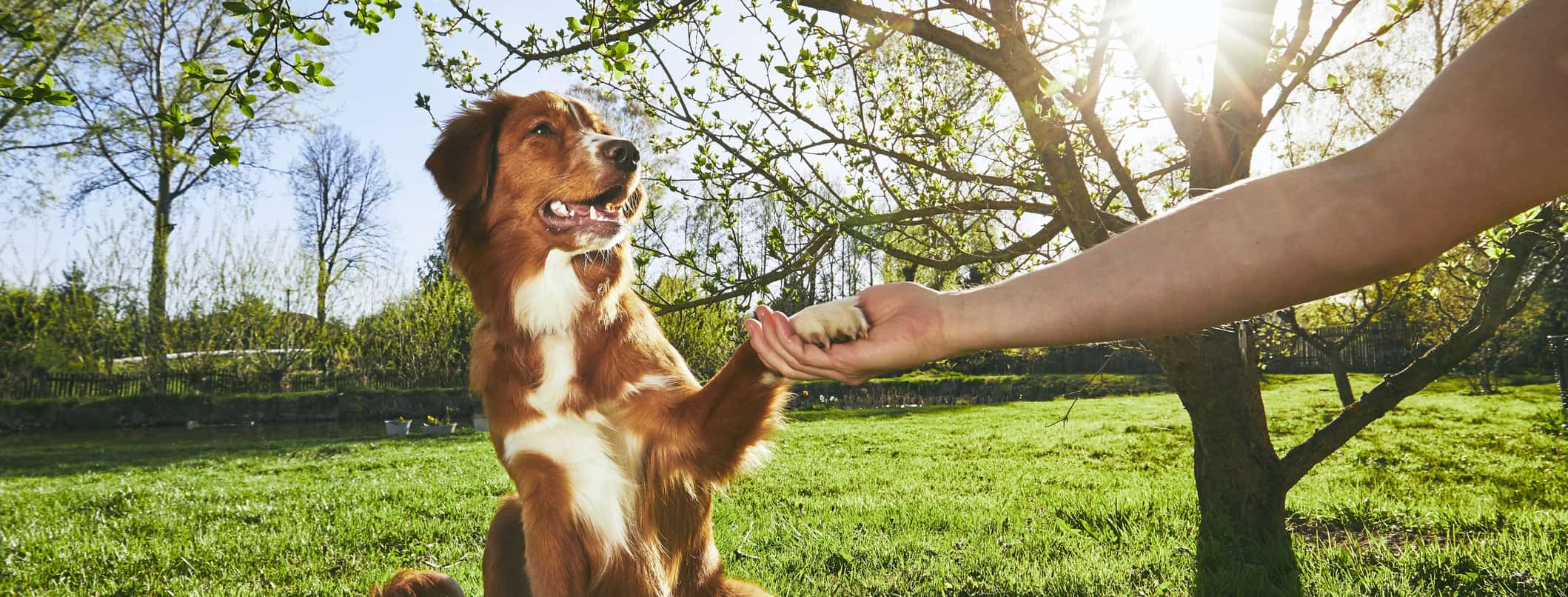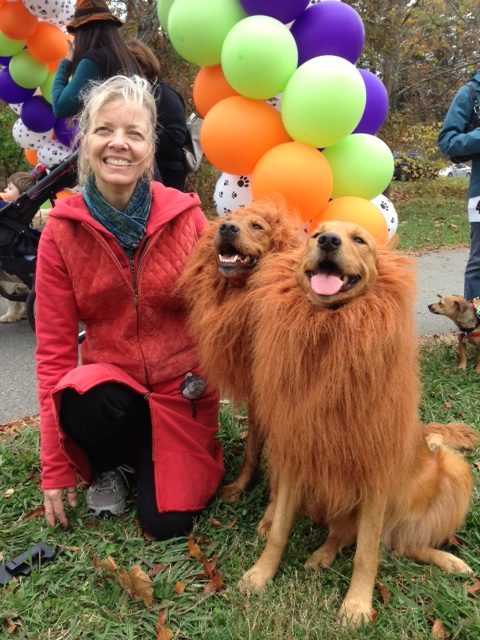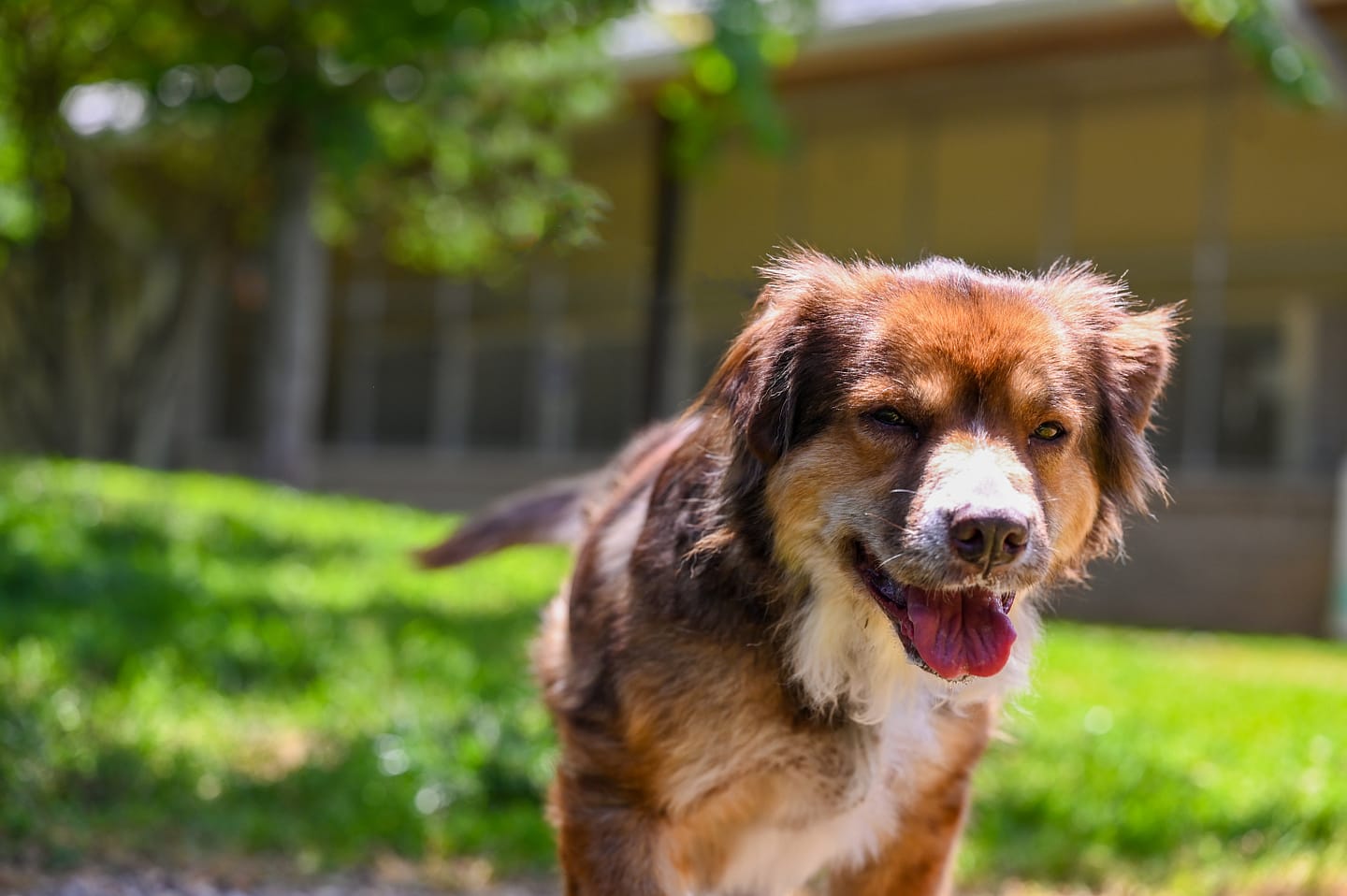Vital Tips for Successful Dog Training: An Overview for Animal Owners
Efficient pet dog training is a diverse process that needs a calculated approach customized to both the animal's character and the proprietor's goals. Comprehending just how to browse these obstacles can significantly enhance the training experience, ultimately transforming the relationship between proprietor and pet dog.
Comprehending Canine Actions
Comprehending pet dog actions is essential for efficient training and cultivating a harmonious connection between canines and their proprietors. dog training. Pet dogs connect mostly with body language, vocalizations, and actions, making it vital for proprietors to interpret these signals properly.

Socialization plays a substantial role in pet dog habits; exposure to numerous settings, people, and other animals can considerably impact a pet's personality. Furthermore, elements such as breed attributes and specific character must direct training techniques, as some types might have certain behavioral qualities that necessitate customized methods. By comprehending these components, proprietors can create an encouraging atmosphere that motivates positive behavior, bring about successful training end results and a much deeper bond with their family pets.
Establishing Constant Commands
Reliable interaction with your pet dog begins with establishing consistent commands. This foundational element of training is vital for cultivating understanding between you and your animal. Uniformity in the commands you use makes sure that your pet can dependably connect particular words or expressions with the desired behaviors.
When choosing commands, select clear, distinctive words that are very easy to state and separate from each other. Stay clear of using similar-sounding commands that may perplex your pet. Using "rest" and "stay" is appropriate, yet "sit" and "hit" might lead to misconceptions.
Furthermore, preserve the exact same tone and quantity for every command. Pet dogs are sensitive to singing signs, so varying your tone can produce complication.
It is just as essential to make certain that all member of the family get on the exact same page pertaining to the commands made use of. A united front in command usage will certainly prevent blended signals and enhance the learning procedure.
Positive Support Techniques
The power of favorable support in pet training lies in its capability to urge preferred actions through rewards and appreciation. This strategy is based in the concept that actions followed by beneficial outcomes are most likely to be duplicated. By incorporating favorable reinforcement right into your training routine, you can efficiently shape your dog's actions in a useful way.
To implement positive reinforcement, it's crucial to recognize what inspires your pet dog, whether it be treats, toys, or verbal appreciation. When your dog does a wanted action, such as resting on command, right away reward them with a reward or affection. This organization between the command and the positive end result reinforces their understanding.
It's crucial go to timing the rewards appropriately; providing the support within secs of the wanted habits helps your pet make the link (dog training). Furthermore, consistency is crucial-- make useful content sure that all relative use the same commands and benefit systems to avoid confusion

Progressively, you can lower the regularity of treats as your pet dog finds out the actions, transitioning to applaud or recurring benefits. This technique not only cultivates a strong bond between you and your canine but additionally promotes a favorable discovering atmosphere, making training a delightful experience for both.
Socialization and Communication
Regularly revealing your pet to a selection of atmospheres, people, and other pets is critical for their social advancement. Socializing needs to begin early, ideally throughout the vital window of 3 to 14 weeks, when puppies are most receptive to brand-new experiences. However, older dogs can likewise take advantage of continuous socializing efforts.
Present your pet to different setups, such as parks, pet-friendly stores, and metropolitan locations. This exposure helps them adjust to numerous stimuli, reducing anxiousness and fear responses. Urge favorable communications with other dogs and people, making certain that these experiences are risk-free and regulated to cultivate self-confidence.
Use organized playdates with courteous pet dogs, as this can boost your canine's social skills and instruct them proper habits. Obedience classes and training sessions likewise offer exceptional possibilities for socialization, enabling your pet to interact with others in a supervised setting.
Screen your canine's body movement during interactions, as this will certainly assist you assess their comfort level. Gradually boost direct exposure to even more difficult circumstances while making sure that each experience is positive. A well-socialized dog is most likely to display balanced actions, making them a pleasure to have in any setting.
Attending To Typical Training Difficulties
Every dog proprietor will certainly run into training challenges at some point, no matter their canine's age or socializing level. Recognizing usual concerns such as stubbornness, distractions, and terror can assist in creating effective strategies for enhancement.

Distractions throughout training sessions can derail emphasis. To fight this, start training in a peaceful environment with very little stimulations. Progressively present interruptions as the dog comes to be a lot more skillful in commands. Short, constant training sessions are also reliable in maintaining focus.
Fearfulness can prevent a canine's learning procedure. Gradual desensitization to the source of worry, combined with favorable support, can assist ease anxiety. Perseverance is important; never ever compel find a canine right into a scenario that triggers distress, as this may worsen the concern.
Inevitably, understanding and addressing these usual challenges with a structured technique will promote an extra effective training experience, reinforcing the bond between dog and proprietor while promoting effective discovering.
Verdict
In summary, successful dog training counts on a thorough understanding of canine habits, the facility of regular commands, and the application of positive reinforcement strategies. Socialization plays a vital duty in creating well-adjusted family pets, while addressing usual training obstacles requires perseverance and versatility. By carrying out these necessary techniques, pet dog owners can promote a strong bond with their pet dogs and promote desirable habits, ultimately bring about a harmonious relationship between people and their canine friends.
Understanding canine actions is essential for effective training and promoting a harmonious partnership in between canines and their owners.Socializing plays a significant role in pet behavior; exposure to different atmospheres, people, and other pets can significantly impact a pet's character.The power of positive support in canine training exists in its capability to urge wanted actions via rewards and appreciation. By integrating positive reinforcement right into your training regimen, you can efficiently shape your pet dog's actions in a useful fashion.
In recap, successful canine training depends on a comprehensive understanding of canine habits, the facility of regular commands, and the application of favorable support techniques.